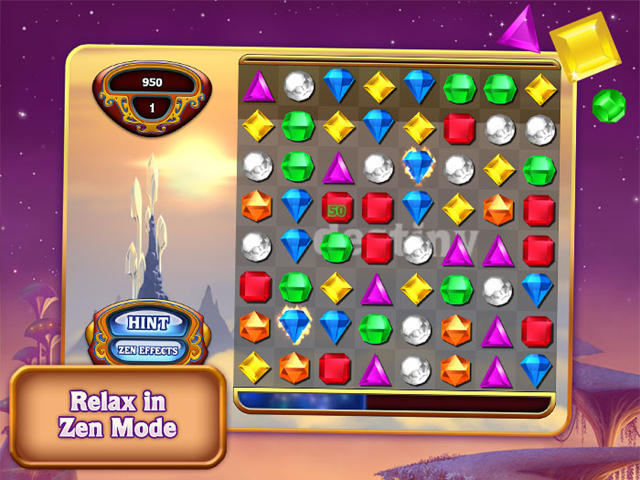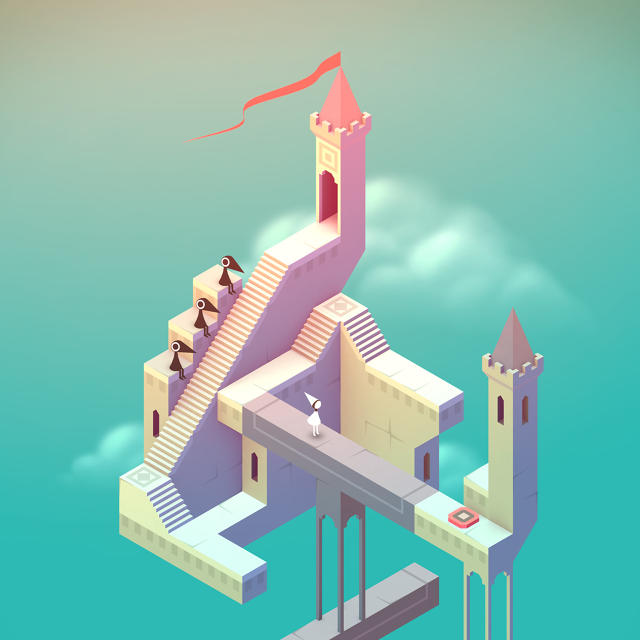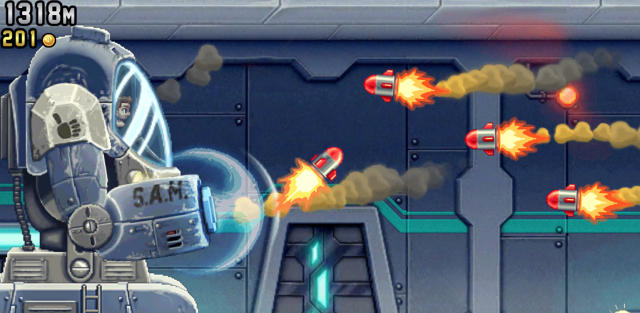Firing Its Designers might be the perfect factor For The Creators Of Fruit Ninja
And different game builders agree that it is an excellent transfer if it lets the rest of your organization consider design.
September 21, 2015
Do you want to have designers on workforce to run a design-centered company? not essentially. in reality, there are some cases by which handing a couple of key designers ultimate power over a project will also be worse than having no designers on team of workers in any respect.
ultimate week, Halfbrick Studios, the Australian recreation firm responsible for Fruit Ninja and Jetpack Joyride, fired its complete design division. A file via Kotaku Australia characterized the exchange as one that would see Halfbrick Studios cease designing games. however Halfbrick Studio’s CEO Shainiel Deo denied the report, telling Kotaku that “Halfbrick remains a design-focused company…” regardless of the very fact it had simply gotten rid of its complete design division.

considering Kotaku’s record, Halfbrick Studios has gotten a little of a drubbing within the press over the reorg. the concept a game design company could be design targeted whereas tying off its design department appears inherently absurd, like an structure agency firing all its architects. So we asked two builders who work at a few probably the most design-centered recreation corporations within the industry what they thought of Halbrick’s apparently curious transfer: one at Bejeweled maker PopCap games, and one at ustwo, creators of the Escher-esque iPhone puzzler Monument Valley.
fairly? Neither developer thought there was once anything else controversial about Halfbrick Studios’ resolution. if truth be told, while no longer speaking immediately as representatives of their corporations, their non-public opinion was once that what’s true in most companies is especially real in recreation building: Giving design its personal silo can be a mistake, as a result of in a design-centered firm, everyone should be fascinated about design…even though they don’t have the phrase dressmaker of their title.
“i think the Halfbrick controversy is a giant deal largely because individuals are very naive about how games are in reality made,” says Chris Furniss, a senior UI/UX clothier at PopCap games.

He says the concept the games you play are the result of the singular genius of a “monolithic game clothier” working in a vacuum inside the firm would not actually exist. and that’s the reason been actual since the starting. Nintendo legend Shigeru Miyamoto, for instance, was a pixel artist when he invented Mario as a part of Donkey Kong. the world of sport design isn’t unique in this: Norman Foster isn’t the only architect at the firm bearing his title, and Jony Ive is extensively praised for his willingness to hearken to his workforce. nice design concepts can come from somebody.
In game design, having “clothier” on your title isn’t the most important thing. Titles are fungible. As Neil McFarland, director of games for ustwo, says: “every mission wants an internal champion inside the firm, any individual who holds the vision and pushes the group in the suitable direction.” but that person does now not essentially must be a dressmaker. For Monument Valley, ustwo’s “inside champion” of the mission was Ken Wong, an artist through alternate who had a imaginative and prescient for the project. He wasn’t a fashion designer, per se, but he functioned as ustwo’s internal champion for a game commonly recognized as one of the stunning and best possible designed of 2014.

which is one thing which is best possible when everybody in an organization is thinking about design. “It seems to me that’s what Halfbrick goes for,” McFarland says. “they’re assured they have got a group of workers who is smartly-rounded enough where somebody can be a challenge’s vision holder, and everybody can make a contribution to design equally.”
In other words, Halfbrick is no longer involved in working design decisions in the course of the sole purview of two individuals. but nonetheless, is getting rid of your design division a bit so much? McFarland says not essentially.
“some of the issues of having dedicated designers is that if the remainder of your employees don’t feel like they can make a contribution ideas,” he says. which is very true is a designer feels overly protective of their role as the final word arbiter of all design selections within the firm. And it can be not just small builders like ustwo or Halfbrick that can in finding having dedicated sport designers disruptive on team of workers. PopCap has over four hundred employees, besides, Furniss says, everyone on the crew is expected to personal its video games’ design.
“no one is an island in this industry,” Furniss says. “There are not any singular geniuses.” Making a game is a sophisticated amalgam of gameplay, programming, engineering, advertising, and artwork: they are difficult staff efforts take various creativity, compromise, and communique to tug off. “that is why having one guy who handles the entire design is bad,” he says. “that you would be able to’t have a guy on a laptop typing up a 500-page recreation design document in some ivory tower someplace, expecting everybody else to get it achieved. you’re no longer going to get a fun game out of that.”

Halfbrick Studios declined to touch upon this story, however from its CEO’s commentary on the topic to Kotaku, it for sure seems like having a pair of devoted designers on team of workers was once if truth be told interfering with the company’s design process, not focusing it. “[T]his trade will empower everybody in our teams to contribute to design, somewhat than concentrate design keep an eye on within the fingers of a few,” Deo wrote (emphasis added). “great ideas can come from any place and we wish to create an environment that fosters this conception.”
the truth appears to be that Halfbrick didn’t fireplace its designers. It fired the 2 individuals who had been standing in the best way of everyone within the firm proudly owning design collectively. And even out of the realm of game design, that must be a lesson to any firm: good design culture is not a hierarchical meritocracy. it can be a republic. you’re handiest a excellent clothier if you are working with the rest of your group to deliver one thing great.
Edit: this article has been edited to clarify that neither developer used to be commenting as a direct consultant on behalf of their firms.
[prime picture: nikolay100 by way of Shutterstock]
fast company , read Full Story
(101)














